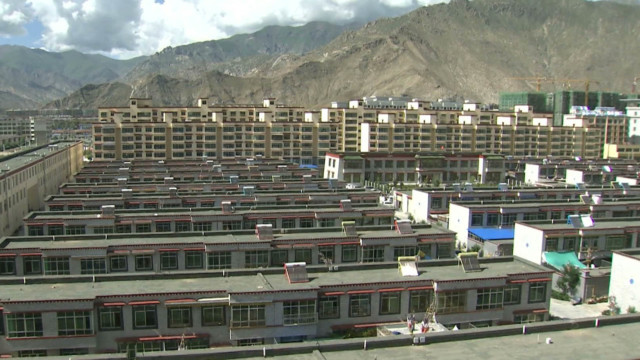There’s a big push for green energy in the tiny autonomous region of Tibet.
The region is rich in resources, but it has a bigger power shortage problem than other parts of China.
CCTV’s Cheng Lei reports.

Tibet’s capital city, Lhasa is called the city of sun, because Tibet’s annual solar resources can power China for 100 years. And in hydropower and geothermal power resources, Tibet also ranks no.1 in China.
Renewables make up 43 percent of Tibet’s energy mix. That’s three times more clean energy than the rest of the country. In addition, the electricity generated by the Yangbajing geothermal plant is enough to power 50,000 Tibetan households.
Bian Dun, has seen 24 years of development, at China’s first and biggest geothermal plant. Geothermal diversifies Tibet’s energy mix. Tibet mainly has hydro power, so there’s a power shortage in winter. Geothermal is more stable, there’s no seasonal impact.
Tibet’s power challenges are manifold. The high altitude and difficult climate take a toll on power equipment and the people that run them.
Unlike in the rest of the country, Tibet’s residential power usage is a much bigger portion of the total than industrial usage, that means less tariff revenue for power plants.
Difficulties aside, the potential for geothermal power is enormous — China has 100 megawatts of installed capacity, that’s less than one sixth of Iceland’s capacity.
Because china is going big on geothermal power, private firms want to invest.
Developing energy has been welcomed by locals, because they’re the first to benefit.
The Tibetan government plans to double investments in generating capacity and grid construction over the next five years. More power without clouding, Tibet’s incredibly blue skies. The answer may be in the ground.
 CGTN America
CGTN America
